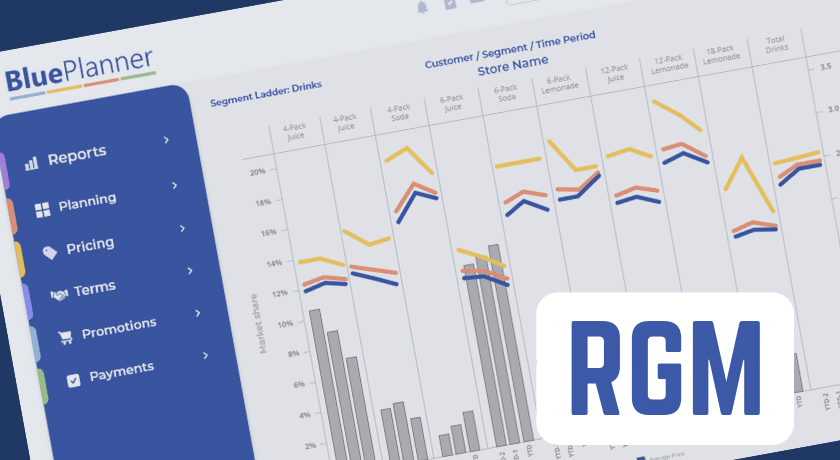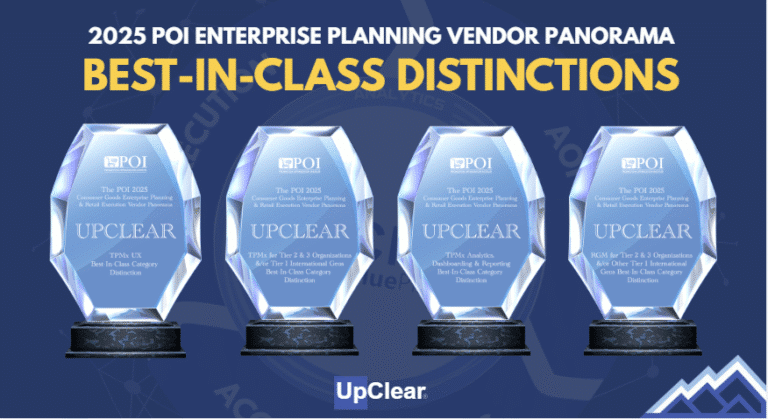

In the first post of this two-parter, we looked at the reporting lines and a framework Framework needed to give an RGM team “Weight” . Here, we will look at the role an RGM team has in creating a value-based organization and how they can become the “Oil” between the commercial functions.
It’s Tuesday afternoon and the Account Manager’s phone shows the name of their buyer, who says, after pleasantries; “Have I got an opportunity for you!” Normally, this is the “opportunity” for an additional promotional slot, a deeper discount, more feature and display, or some other costly deviation from what has, until then, been a fully – thought through and carefully constructed annual activity plan. What happens next is a true marker of a ‘Revenue Management’ -focused organization.
For the Account Manager, with targets, budgets, and KPIs to hit, the temptation to accept this “opportunity” will be high, particularly if they are incentivized purely by volume. In an organization that is focused on Revenue Management, however, incentives need to be about both volume and value, leading to a pause to follow a process to assess the “opportunity.”
The process the Account Manager should use is one to assess the value of the opportunity being offered. This is “revenue management” and it’s an impact on the bottom line that individuals can have in their daily roles. It is crucial that everyone in the commercial teams understands the P&L, the spend “buckets” from which customer activity is funded, and the implications of deviating from a RGM framework. The RGM team, therefore, needs to have the influence and be empowered within the organization to help the Account Managers understand which of the buckets they can directly affect, what activity will drive a positive ROI and, conversely, what spending is not likely to be effective.
This assessment process is where a RGM team can make a foray into the tactical environment. An organization with tools that delivers promotional insights, plus a clearly accepted and defined RGM framework is then positioned to make fact-based decisions. The Account Manager’s “opportunity” can then be discussed and considered to decide whether it will, for example, deliver a positive ROI and is in line with the wider brand or commercial strategies, if it is likely to not contribute incremental profit, if it could set undesirable precedents, or if it may cause issues with other customers in the channel. RGM, with a framework founded on the brand team’s goals and one that integrates short-term commercial realities, can assume the role of pragmatic broker in these discussions, oiling the wheels between Marketing, Sales, and customers.
Also, because RGM teams are usually aligned by category and channel, they tend to have sight of the bigger picture, across brand and customers. It is not the role of RGM to say “No” to all the opportunities that arise, but rather to add perspective on the wider implications across the organization and the P&L.
Moving from an isolated opportunity to overall sales and spending management, undoubtedly some of the activity in the Annual Operating Plan will not materialize as planned. This can be because of competitive activity, distribution changes, and other externalities that are risk in the plan. When this happens, the RGM team will frequently be proposing additional activities to the sales team or re-allocating trade spend from one customer to another, or even across channels. Managing risks and ensuring, through collaboration across teams, that the P&L maintains integrity is yet more “oil” that RGM can provide to maintain smooth operations.
Creating a Revenue Management organization is not a simple task. It requires a mindset change across the business, with the focus moving from volume to value, driven from the top. Simply creating an RGM team will not be solution for value leakage unless they have a) the tools to create a sustainable, insight- driven promotional framework, and b) the weight (authority) to enforce decisions. The team’s influence needs to stem from a wide-ranging scope centered on the P&L, fact-based insights, and close cross-functional interaction across commercial teams. This includes the mission to spread the revenue management knowledge and objectives. Only when an organization has all these elements in place can it truly be considered to have moved on from just managing sales and trade spend to being focused on revenue management and value growth.
UpClear makes software used by Consumer Goods brands to improve the management of sales & trade spending. Its BluePlanner platform is an integrated solution supporting Trade Promotion Management, Trade Promotion Optimization, Integrated Business Planning, and Revenue Growth Management.


